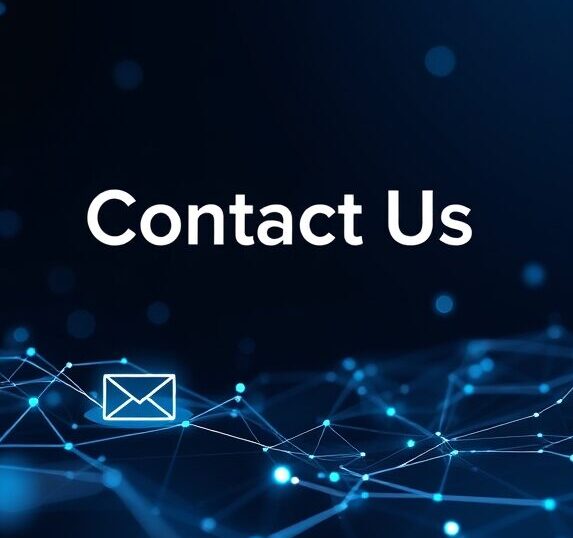Discover the Best AI Tools to Swap Faces and unlock endless possibilities for seamless image and video transformations. This guide will walk you through powerful tools that can elevate your creative projects effortlessly.
Introduction
Deep learning has led to a shift in paradigm from conventional image processing. It has been seen as a remedy for many image-processing jobs in computational photography. Computer vision has improved so that it can detect and identify flaws in images and rectify them, making its capacity go beyond standard manipulative tasks in software packages toward critical imaging in numerous fields like medicine, mapping, security, and many more.
It has allowed the creation of applications that can transform crude image editing into photo-realistic image editing by employing face-swapping techniques. Face swapping provides a photo editing operation that can replace face regions visible in photos or videos without leaving any gaps or artifacts. Such capabilities are helping further evolve mobile and web service experiences.
It has become progressively easier to manipulate photos and digital media. Digital media has been widely used to disseminate information across the world, especially for communication purposes. However, such technology is sometimes used for illusory purposes or to deceive the public with content that has been deceptively created.
There is a need to embrace new detection mechanisms to fully prevent the spread of such content and help society trust the personal photos and videos that they view. This raises considerable concern over the manipulation and usage of digital media.
To enable efficient prevention or detection of face-swapping, there is a need for effective tools or services that can determine if an image shows a suspicious face-swapping or an image embedding a face-swapping. It is also inevitable that counter advancements in security technology will alleviate the security breaches due to face-swapping.
There is a lack of research in forensic tools to examine the digital manipulation of face photographs. This intends to survey the current methods and characteristics pertinent to different aspects of face swapping, including face detection, to enhance the completion of the task for automated photo and video editing software.

Background of Face Swapping in Digital Media
Digital technology has made it possible to digitize video and visual media, leading to the high-quality synthesis of fake media. Examples include synthesizing photos of non-existent people or deep-fakes, which can blend or exchange parts of a video or use spliced events to imitate someone’s gestures or voice.
In this post, we will focus more on the face-swapping technique. Related studies on face swapping have continued to evolve with time, and together with technological advancements, this practice has found its way into entertainment, such as superimposing a person’s face on film stars.
Increasingly, this technology is now likely to pose a threat to how people trust visual media. We seek to help the non-technical population better understand this technology that is quite likely to contribute towards fake news and remind both viewers and creators alike to exercise caution.
Educating the non-technical population would provide an overview that does not become too bogged down in details. For people dwelling on the other side of the spectrum, a more detailed understanding of how recent and state-of-the-art face swapping can guide them in making distinctions between face-swapping fabricated content and how existing models can be used to detect such alterations.
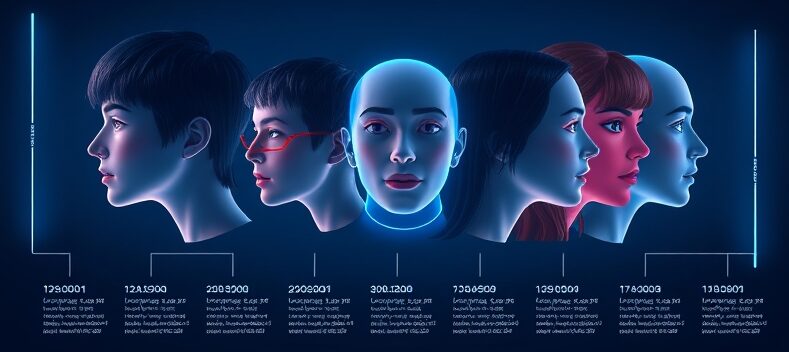
Tool 1: Akool AI Face Swap Tool
Akool is an AI-driven face-swapping platform that provides precision and creative choices for both beginners and professionals. With its credit-based system, Akool caters to diverse needs, from social media content to professional-grade video edits.
Features and Functionality
Akool delivers high-quality results with features like:
Free Credits:
Registration gives users 100 free credits, a beginning point for exploring its capabilities.
Re-age Option:
Exclusive to Akool, this feature allows you to change the age of a face for artistic reasons.
Multi-Media Support:
Whether it is an image or a video, Akool processes files with great accuracy.

Step-by-Step Process
Here’s how to use Akool:
1. Sign Up and Get Started:
o Go to Akool’s website and sign up.
o Get 100 free credits, which allows you to test out both image and video face swaps.
2. Upload Files:
o Select the media (image or video) you want to edit.
o Akool accepts a range of file formats, meaning it is compatible with almost all devices.
3. Select Faces to Swap:
o Use Akool’s interface to locate the face you want to swap and upload the face you want to use.
o Adjust settings for accuracy.
4. Re-age (Optional):
o Add a creative twist by re-aging the face, making the person appear younger or older.
5. Download your Results:
o Your swapped media is ready for download at high resolution after processing.

Advantages
• Intuitive Interface:
Even new users can go through the process easily, given its nifty simple design.
• Expert-Grade Output:
Akool utilizes the latest AI technology to combine faces smoothly, just as it should have with natural lighting and expressions.
• Privacy Guarantee:
Files can be deleted after processing, and the user’s data remains private.
• Credit System:
Although the free credits are useful, heavy users would require purchasing additional credits to continue using them for an extended period.
• Processing Time:
The processing of high-resolution videos may be time-consuming, especially if the swaps are complex.
Applications
1. Social Media: Great for making viral content or funny memes.
2. Marketing: Good for ads that demand dynamic face changes.
3. Film and Education: A cheap way to achieve a cinematic effect or educational drawing.
Tool 2: Remaker.AI
Remaker.AI stands as a face-swapping tool unlike, traditional face swaps. This versatility opens up face-swapping with animals, objects, and more. The ability to take on multiple faces at once during one project sets it apart.
Features and Benefits
30 Free Credits:
New users receive 30 credits, allowing one image swap per credit
Face Swapping Options:
Single Face Swap: Swaps one face in an image or video.
Multiple Faces Swap: Swap all faces in a group photo or scene.
Video Face Swap: Swap faces in videos to achieve interesting results.
Creative Freedom:
Enables people to experiment with different types of swaps such as replacing faces with animal or cartoonish characters.
How It Works
1 Registration and Credits:
o Sign up and earn your 30 free credits
o Buy extra credits for your additional needs.
2 Upload Media:
o Pick the photos or videos that you’d like to edit.
o Remaker.AI supports a variety of formats for maximum compatibility.
3. Choose Swap Mode:
o Select between single-face or multiple-face swaps or video swaps.
o Follow the platform’s prompts to configure the settings.
4. Download Results:
o After processing, download your files in the desired resolution.

Strengths
• Multiple Face Swapping: Unique capability to swap several faces in one project.
• Wide Applications: From fixing group photos to creating entertaining social media content.
• High-Quality Outputs: Provides very realistic outputs even in complex scenes.
Limitations
• Limited Free Credits: Sufficient for first-time explorations but needs to be purchased regularly for frequent use.
• Processing Speeds: Videos take longer to process depending on length and complexity.
Use Cases
1. Event Photography: Retouch group photos to make everyone look their best.
2. Creative Projects: Create unique art by replacing faces with animals or objects.
3. Social Media Campaigns: Create content for social media, such as Facebook, TikTok, Instagram, and YouTube.
Tool 3: AIFaceSwap.io
AIFaceSwap.io is completely free with no sign-up process. Unlimited swaps of images and video swaps for free every 12 hours make it ideal for users who use this tool casually.
Features and Highlights
No Sign-Up Required:
Start swapping faces instantly without having to sign up.
Unlimited Image Swaps:
Ideal for users who have a lot of image-swapping requirements.
Free Video Swaps:
Allows two free video swaps every 12 hours, making it suitable for light video editing.

Step-by-Step Guide
1. Upload Media:
- Simply visit the website and upload your image or video.
- The platform supports multiple formats for convenience.
2. Select Faces:
- Identify the face to swap and upload the replacement.
- The AI automatically adjusts the swap to maintain realism.
3. Download Files:
Once the process is complete, the swapped media is available for download.

Strengths
• Ease of Use: No sign-up policy makes it easy to use.
• Unlimited Access: Unlimited image swaps are available for frequent users.
• Fast Processing: Results are delivered fast, even for high-resolution images.
Limitations
• Video Swap Limits: Only two free video swaps are allowed every 12 hours, which may be limiting for heavy users.
• Limited Customization: Does not have advanced features such as multiple face swaps or re-aging.
Applications
1. Quick Edits: Suitable for face-swapped content on the go.
2. Casual Fun: Good for playing around with face swaps without committing to a paid service.
3. Simple Social Media Content: Create fun posts for Facebook or Instagram with ease.
Multiple Swapping
Before swap
After swap

Video Face Swap
Before swap
After swap
Best AI Tools to Swap Faces
Face-swapping technology has transformed the way we edit and manipulate images and videos, offering limitless creative and practical applications. Among the Best AI Tools to Swap Faces Akool Remaker, three stand out as leaders in this domain: Akool, Remaker, and aifaceswap.io.
Akool Face Swap provides a user-friendly interface where users can seamlessly swap faces in images or videos. With face swap AI free no signup options for limited credits and unique features like the re-age option, Akool is an ideal choice for creating face swap memes or exploring examples of deepfake technology. Its versatility makes it an attractive tool for anyone looking for a face swap video solution without requiring extensive technical knowledge.
Remaker AI face swap stands out for its ability to swap multiple faces, offering flexibility for both individual and group edits. The tool provides 30 free credits upon signing up, making it a perfect fit for casual users curious about how to photoshop a head onto another body. With robust features for editing face in video or face swap gender, Remaker AI allows users to explore creative possibilities, such as face fusion use cases while maintaining professional-grade quality.
Finally, aifaceswap.io caters to users seeking open and unlimited face swap open-source options. The platform’s ability to perform swaps without requiring sign-ups is a standout feature for those looking for AI face swap-free swap-free tools. While supporting head swap photo edits and occasional face swap videos, video sees experimenting with deepfake technology examples are easy and accessible.
In short, the combination of flexibility, ease of use, and powerful features makes these tools the Best AI Tools to swap faces. Whether for professional purposes or entertainment, Akool, Remaker, and aifaceswap.io offer unmatched opportunities to revolutionize digital content creation.
The Different Uses of Face-Swapping Technology
Face-swapping technology utilizes complex AI algorithms, like deep learning, to map facial features from one person onto another in images or videos. From being an amusing social media entertainment, it now serves much more serious purposes than its initial intention. From the revolution of industries to enhancing healthcare and education, this technology is changing many aspects.
Face-swapping works based on the facial landmarks, skin textures, and expressions of people to make them integrate well with the target image or video. Its precision and adaptability make it perfect for use in many applications, which we’ll look at below.
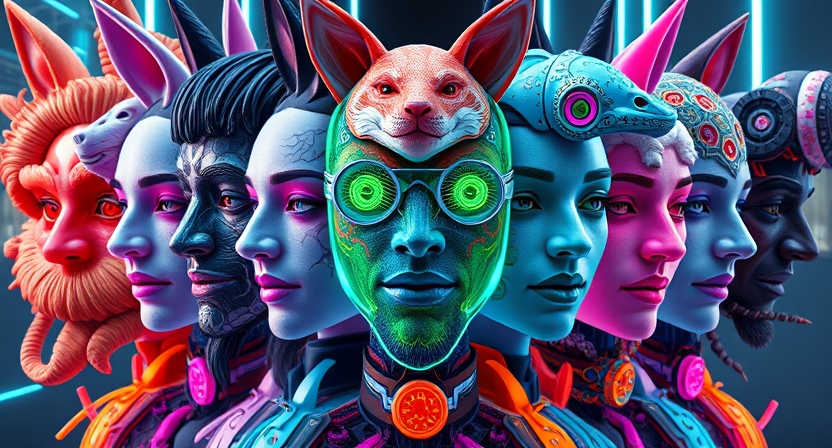
Entertainment Industry Applications
Face-swapping has become the heart of modern entertainment, providing creators with unmatched flexibility in story generation, production, and audience engagement. It finds applications across movies, television, and interactive content.
Movies and Television Show
In film and TV production, face-swapping technology allows:
1. Digital De-Aging or Aging:
Transforming actors to appear younger or older without prosthetics.
2. Bringing Historical Figures to Life:
Recreating historical or fictional characters using actors whose facial features can be adjusted.
3. Reshoots Without Actors:
Directors can reshoot or adjust scenes digitally by face-swapping doubles or extras.
4. Smooth Character Transitions:
In films where one actor plays multiple characters, face-swapping is useful in transitions, making it look realistic.
For example:
Marvel Studios used this technology to age down Samuel L. Jackson in Captain Marvel. In the same way, face-swapping has been a game-changer for reanimating late actors, giving audiences nostalgic or respectful portrayals of beloved icons.
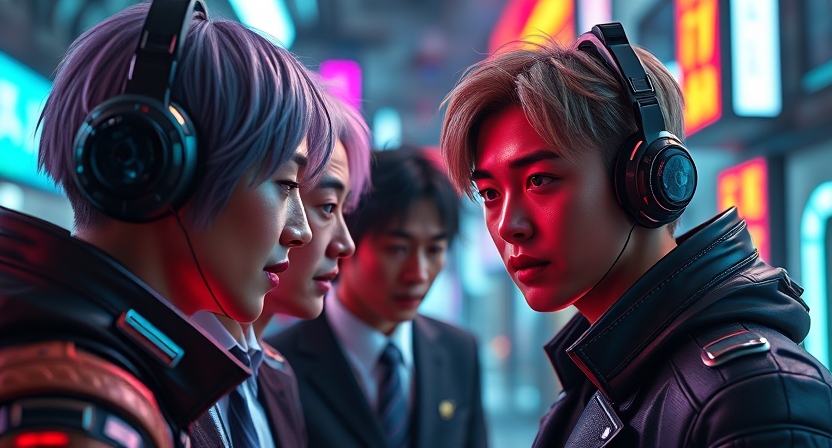
Social Media Filters and Apps
The face-swapping technology has gained popularity in daily life due to the features of social media apps like Instagram, Snapchat, and TikTok. They provide:
1. Face-swapping filters to replace one’s face with a celebrity or an animated animal face, among others, in real-time.
2. The power of shared experience through swapping faces and engaging with others’ experiences in pictures and videos.
3. Use of augmented reality where face-swapping can become dynamic and respond to movement and emotions.
For example:
Snapchat’s face-swapping filter went viral overnight, enabling people to make viral content effortlessly. Such tools usually integrate perfectly with the app ecosystem, making them easily accessible and easy to use.
Forensic and Law Enforcement Applications
Face-swapping has also been instrumental in security and investigation operations. By applying AI-based facial recognition and manipulation, forensic teams can solve the challenges in criminal investigations and public safety.
1. Age Progression and Regression:
Tools can predict how a person may look after aging, helping locate missing persons or fugitives.
2. Witness Protection:
Anonymizing identities of individuals involved in high-profile cases, while preserving authentic facial expressions.
3. Digital Disguise Removal:
Face-swapping can reverse visual disguises worn by suspects, revealing their true identity.
4. Evidence Reconstruction:
For damaged or low-quality footage, AI enhances facial clarity, making critical information usable in court.
The utility of face-swapping in this field is the responsible manipulation of visual data, aiding law enforcement without infringing on privacy rights.
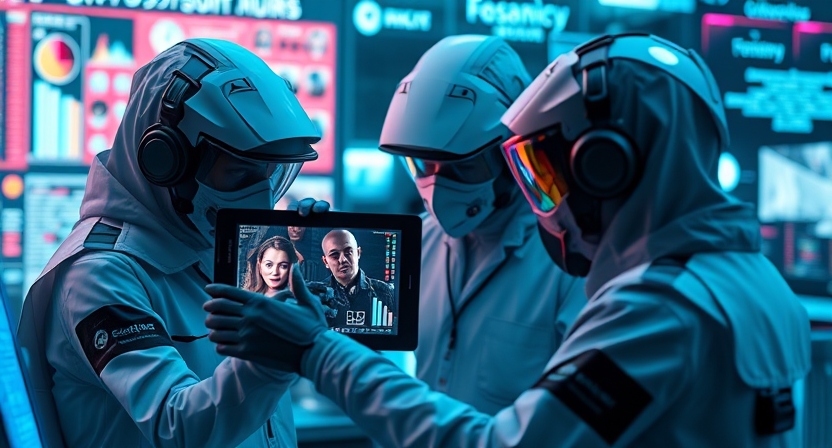
Medical and Healthcare Uses
Face-swapping technology has entered the medical realm with transformative applications, from patient care to surgical planning and mental health treatment.
Surgical Planning and Simulation
Face-swapping is particularly useful in reconstructive and cosmetic surgery. It enables:
1. Outcome Imaging:
Patients may view life-like previews of surgical outcomes, thus keeping expectations under control.
2. Reconstructive Surgery Assistance:
Surgeons can reconstruct a face post-injury or illness using old photographs more accurately.
3. Surgeon Training:
Medical trainees practice procedures on digital facial models using AI-driven simulations.
For instance:
Predictive modeling using old facial data and present features may help burn victims or trauma survivors by suggesting the best surgical interventions.
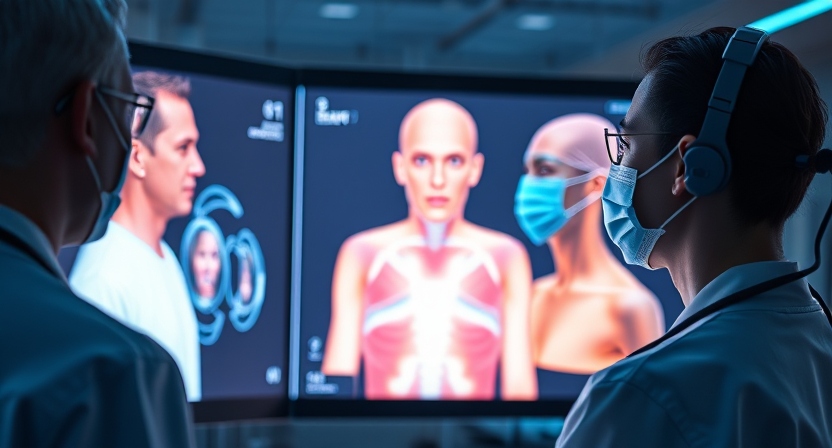
Education and Training
Face-swapping technology is also reshaping education and training, creating interactive and immersive learning experiences.
Enhanced Learning Experiences
Educational institutions use face-swapping to:
1. Customize Learning Materials:
By swapping students’ faces with historical or scientific figures, lessons become more engaging and relatable.
2. Dramatic Simulations:
History and drama students can recreate historical events or theater productions using face-swapping to embody key characters.
3. Corporate Training:
Businesses incorporate personalized avatars in training programs to make scenarios realistic.

Actor Training and Role Analysis
In the face-swapping opportunity, the actors can use it as a chance to:
1. Study expressions:
Replacing their faces with those of experienced actors helps them learn subtle emotional cues.
2. Practice in real-time:
Real-time tests of different roles, changing their appearance to fit characters better.
Legal and Ethical Considerations
It is not just about personal feelings and corporate morals when we consider the myriad and legally complex issues involving enabling digital image alteration tools. Legal technical implications are also important. In the first instance, reflection is needed on what legal requirements, current or new, should apply across the board to transformative tools, which are, can, or are perceived to be invasive of other people’s privacy by the perception that they facilitate an ability to avoid an invasion of the privacy of others.
There may be pre-existing legal regimes relevant here. There could also be laws on impersonation or misleading information violated if alteration tools are utilized offensively or to manufacture content that is both under criminal or civil and ethical limiting norms.
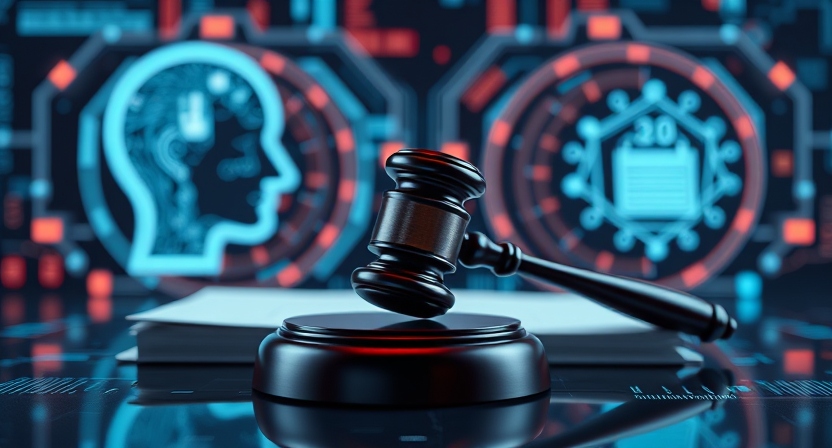
Consent and Ownership of Facial Data
In our experiment, we use d generic facial models together with information based on an owner of real individuals. As such, researchers need to clarify whether informed consent has been sought and obtained from individuals whose data form the basis of these models.
Moreover, issues of consent pertain to the uploading of oneself as, in this context, profile subjects’ choices are compromised by the actions of those searching for available material for this type of model. Moreover, more generally speaking, subjects who own or are responsible for the ownership of one’s face have something at stake and are entitled to defend their interests.
The identification and recognition of this right are taken for granted in regulations implemented on citizens, but the issue at stake concerns global access to facial data.
The unprecedented pervasiveness of our applications leads us to question the undeniable interconnection of the data. We’d like readers to reflect on the question of not whether legitimate owners have the right to act as castaways, but whether the perspective is debated in this context. Are we willing to give up the identity rights of people themselves to exchange the opportunity of designing and executing potential advances for global technical progress?
Ownership in the self-image can be seen as the most elementary type of property and, simultaneously, it appears to be a very intimate good. Violation of the right to the body always involves a penetration into the personal sphere. Proper accounting for this factor draws the attention of those conducting their work to the relevance of promoting the dignity and autonomy of others and avoiding any interference that could be detrimental to an individual’s personal.
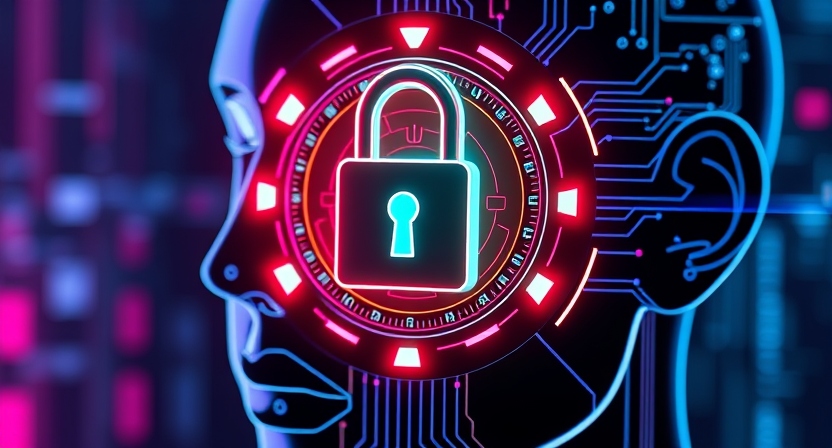
Regulatory Frameworks and Policies
This article provides an account of the regulatory challenges and policy implications identified within the study by discussing the implications of facial mapping and 3D modeling, informed by a profound understanding of how face-to-face contact shapes perceptions and the way mediates identity, reflecting on international perspectives and existing regulatory frameworks.
Analysis of the study suggests that the existing citizen data protections have meaningful shortcomings in providing sufficient regulatory oversight of facial mapping, 3D visualizations, and lookalike products. Although the paper does not propose to create a new regulatory framework, it suggests that existing privacy rules should be a part of new governance over synthetic data and that the regory oversight should be open to review about perception and anonymity.
This paper suggests considerable regulatory implications due to the exploitation of privacy as a tool for regulation, the conflict between privacy and innovation, and integrity and respect for the face. The focus of the research tiptoed around the moral and political implications of unlawful content and criminal fetishization of synthetic data, which may have skewed the un-evaluated priority placed on privacy over other ethical considerations.
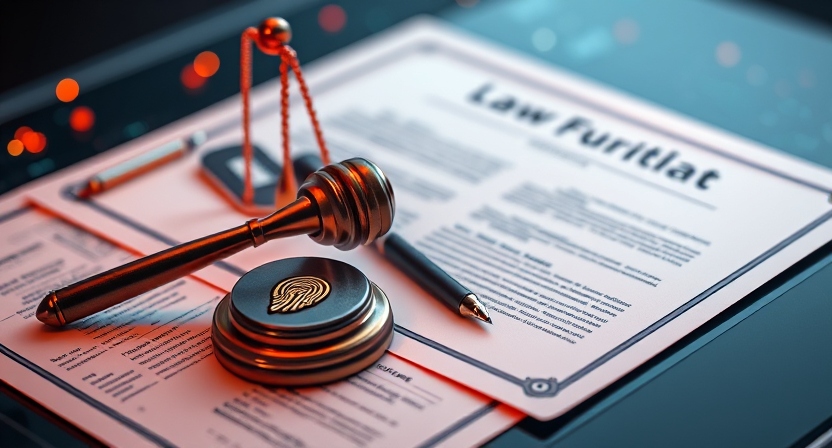
The Future of Face Swapping
Such innovations in face-swapping technology could promise significant advances in capabilities, applications, and even the ethical frameworks surrounding them. With developments in AI and machine learning, new possibilities are opening up as the technology transforms industries and enhances personal experiences.
Enhanced Realism and Precision
Future face-swapping tools will leverage advancements in deep learning algorithms, enabling
• Seamless Integration:
Enhanced facial landmark mapping to enable highly realistic swaps indistinguishable from real images or videos.
• Dynamic Swaps in Real-Time:
Fast processing for real-time live face swaps in video calls or streams.
• High-Resolution Compatibility:
Functionality that does not compromise clarity and detail even in 4K or higher resolution.
These advancements will be directed toward applications that demand sharp and accurate outputs, like film productions and virtual reality applications.
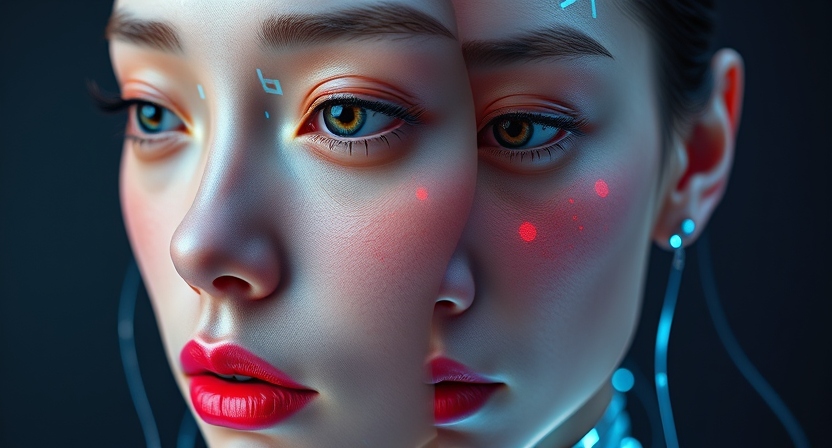
AR and VR Integration
When augmented and virtual reality technologies develop further, face-swapping may feature in the following vital roles:
• Immersive Experience:
A user could become an entire variety of other characters or historical figures with his own fac VR experiences
• Customized Avatars:
Gamers and users would have the ability to give personalized avatars by importing and using their faces within the virtual space.
• Interactive Learning:
Students can interact with simulations where they are personas, which can foster empathy and understanding of different viewpoints.
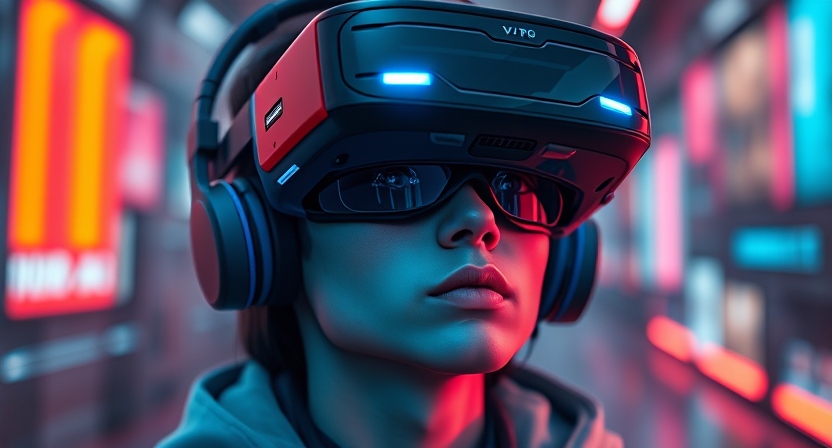
Personalized Content Development Scaling
Content developers will significantly benefit from the face-swapping technologies of the next generation:
• Creative Storytelling:
The independent filmmaker and artist can enjoy affordable, high-quality equipment to experiment with digital characters.
• Social Media Evolution:
Applications like TikTok and Instagram can use more sophisticated face-swapping abilities for users to develop very personalized and engaging content.
• Artistic Deepfakes:
Ethical and artistic deepfake content, such as reimagined performances or collaborations, will redefine digital art forms.
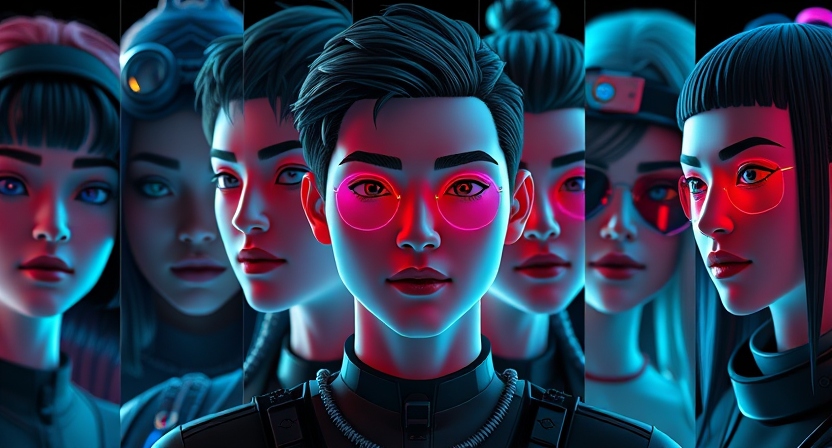
Applications in the Metaverse
The metaverse will usher face-swapping into new dimensions:
• Identity Flexibility:
Users in the metaverse may adopt multiple virtual personas and swap faces as needed, depending on interactions or roles.
• Cross-Platform Compatibility:
Tools for face-swapping would be available across devices and platforms to ensure a constant virtual identity.
Advances in Accessibility
Face-swapping technology will become more inclusive and accessible:
• Localized Features:
Tools will offer localized content, allowing users to swap faces in culturally relevant contexts.
• Simplified Interfaces:
AI advancements will make these tools easier to use, requiring minimal technical expertise.
• Affordability:
Free or low-cost solutions will democratize access to this technology, enabling broader use across various demographics.
Revolutionizing Healthcare and Therapy
Future applications in healthcare could include:
• Therapeutic Applications:
Virtual therapeutic sessions where people can be temporarily changed to experience one’s identity or work out their trauma.
• Rehabilitation:
Patients, such as burn victims, who are going through reconstructive surgery, can see the expected results in real time before improving psychological rehabilitation.
• Autism and Social Skills Training:
Simulated face-swapping could train autistic people to identify facial expressions and respond accordingly.

Greater Acceptance in Security and Forensics
Apprehensive and forensic areas can also expect future advancements
• Improved Monitoring:
Real-time face-swapping detection mechanisms to alert for potential deepfakes in public surveillance videos.
• Forgery Defense:
Authentication capabilities for validating documents or media material, protecting against the misapplication of face-swapping technology.
Author’s Insight
Sharjeel Jadoon is the visionary behind TrendtoAI, a website that is dedicated to making artificial intelligence accessible and understandable to everyone.
He sheds light on clear, practical content and strives to bridge the complex AI tools with the everyday user.
This passion for innovation goes hand in hand with the empowerment of others through knowledge. Read more…




